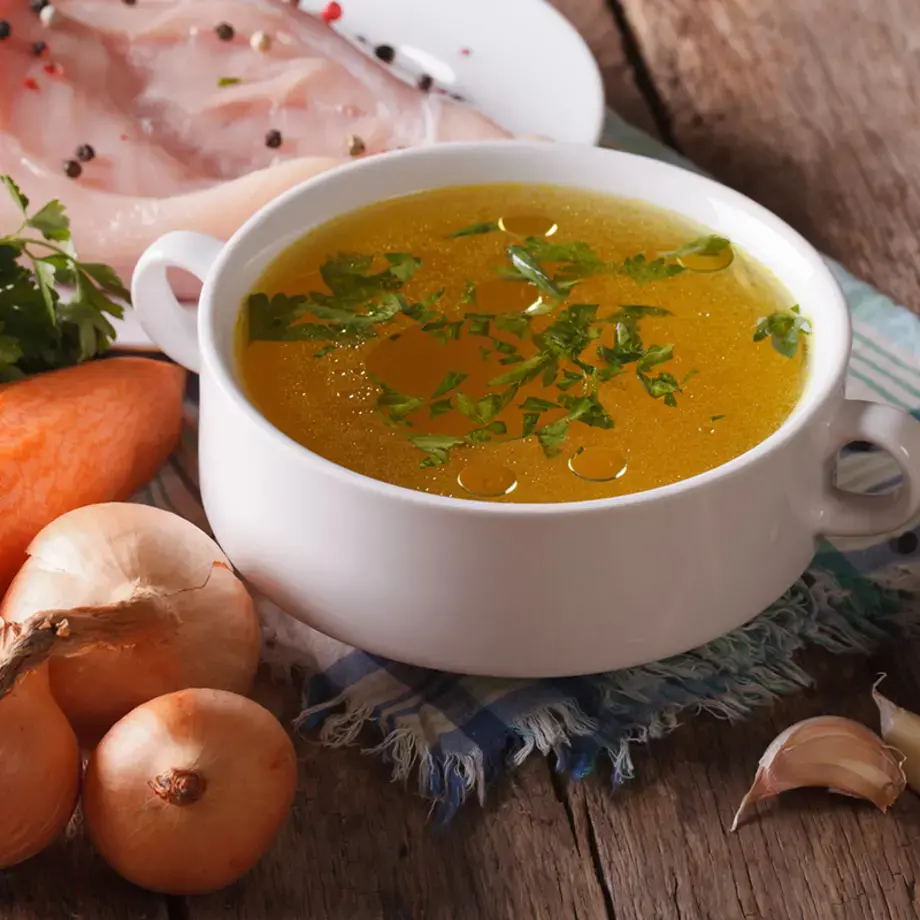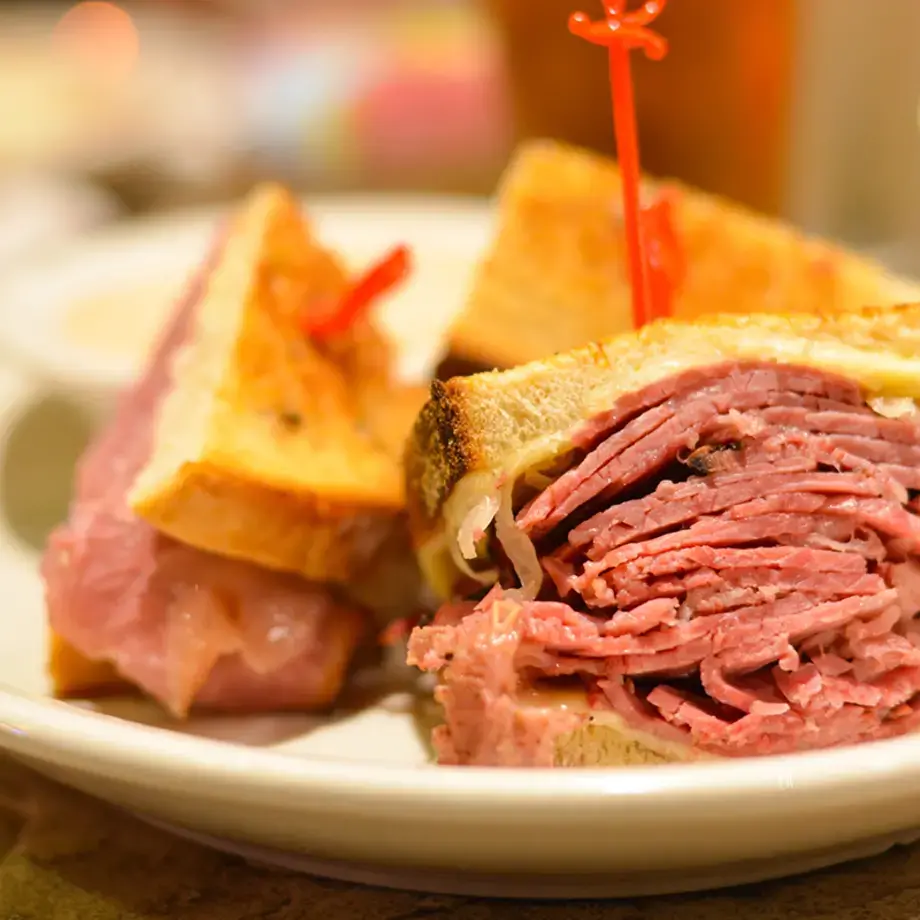A cascade of numbers to learn everything there is to know about one of the most popular summer delicacy: here are some curious ice cream facts and figures not to be missed.
0.1 litres of ice cream are consumed by the inhabitants of India every year, which earns this nation the record achievement of consuming less ice cream than any other. Apart from Indonesia (0.1 litres), with which it shares this “first place”, followed by Pakistan (0.2 litres). Market research, however, points to these countries as having the highest growth potential for the years to come.
6-10% is the mandatory fat content of authentic “craft” ice cream, compared to the 8-12% characterizing industrial products. The “craft” label, in actual fact is based on a number of other requisites. It must contain no more than 35% air (compared to the 70% of industrial ice cream), and the main ingredient must be milk, for at least 60% together with 5-20% of fresh cream.
11.4 billion dollars is the estimated value of the ice cream market in China which has even exceeded that of the United States, now stably positioned at 11.2 billion dollars. However, Chinese people still consume quite a modest quantity of ice cream: an average yearly consumption of “just” 4 litres per capita.
16% of Americans prefer chocolate ice cream, which tops the favourite flavour charts. This is followed by “cookies and cream” (13%), vanilla (12%), “cookie dough” (11%) and “mint chocolate chip” (11%).
26 litres per capita is the average annual consumption of ice cream among American consumers, who top the world charts. They are closely followed by New Zealanders who consume 23 litres every year. The third place is occupied by Australians, with 18 litres, followed by Danes (9 litres) and Belgians (6 litres). It is estimated that the world’s annual consumption of ice cream is around 15.4 billion litres.
29% is the worldwide percentage of those who favour vanilla ice cream, the most popular flavour of all, possibly because it was one of the first flavours to be introduced. In fact, this was the first type of ice cream to be made by the Aztecs in 1500.
69,3 billion dollars is the estimated value of the ice cream market in 2022. Since 2013 (49.4 billion) this industry has never looked back and has grown constantly. 2016 was no exception with its record year end result of 54.7 billion. By way of comparison, consider that in the same period, the music industry barely reached the 15.7 billion mark.
78% of Poles are interested in eating milk-free ice cream. The inhabitants of this European country top this particular rating which reflects one of the strongest ice cream trends. Italy comes second (69%), followed by Spain (68%), Germany and France (both with 63%). The United Kingdom, on the other hand, is the nation which has launched the greatest number of milk-free ice creams on the market, with 19% of the total offering. It is followed by Germany (16%) and Italy (14%).
100 grams of cream flavoured ice cream contain about 200Kcal. When referring to the nutritional properties of ice cream, reference is made to this traditional flavour which constitutes the base from which all others are made. In the same quantity of product, we find 4 grams of proteins, 26 grams of carbohydrates and 9 grams of fats. Then there are about 60 grams of water, while calcium amounts to 80 milligrams. There is also a fair quantity of phosphorus in ice cream: 160 milligrams.
500 B.C. is the period when ice cream first appeared on the scene. The Ancient Greeks used to mix snow, honey and fruit and sell the resulting product at the markets of Athens. In 400 B.C. the Persians invented Faloodeh, a dish made of noodles, an iced syrup of rose water and sugar with a squeeze of lemon juice and chopped pistachios. There is no clear evidence as to the origins of milk-based ice cream, but we do know that the edible cone only appeared in the early 1900s: in 1904 the ice cream cone was presented at the World’s Fair of St. Louis, in Missouri.








